5 things to know about mysterious poisonings of Iranian schoolgirls
More than 5,000 students, mostly girls, poisoned in 230 schools
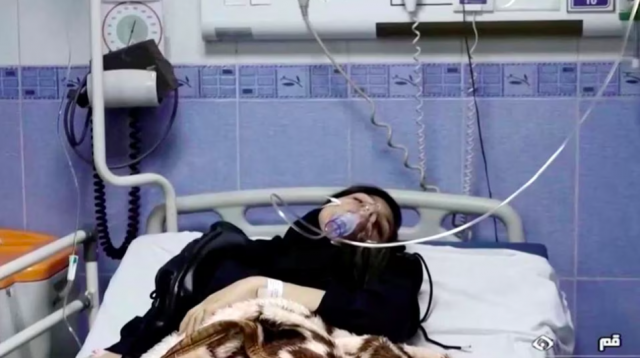
The mystery surrounding the poisoning of schoolgirls in Iran is yet to unravel.
Anxiety is running high among parents as law-enforces are yet to make any arrests despite the passage of three months since the first reports started coming in.
1. How did it start and in which cities did reports appear?
The first poisoning cases of schoolgirls were reported on Nov. 30, 2022 at the Qom Girls' Art School (Huneristan-i Qom) in the city of Qom. Eighteen girls were poisoned there.
In the following days, more than 500 students were poisoned in Qom.
Ali Purtabatabai, a local journalist in Qom, who reported the incidents was detained by authorities.
As cases continued to rise, Mohammad Hasan Asferi, member of the Iranian Parliament Investigation Commission on Poisoning Cases, announced that more than 5,000 students, mostly girls, have been poisoned in 230 schools across 25 provinces since Nov. 30, 2022.
2. What poisons are used and their effects?
Initial statements from Iranian authorities suggested that nitrogen and carbon monoxide were found in the samples collected from school, but later they said it was still unclear what kind of poisonous substance was being used.
Deputy Minister of Health Said Kerimi on Monday shared the preliminary report of the Health Ministry which said that several types of poisonous gas were used, but the content of the chemicals have not been identified yet.
3. Who is behind the incident?
There is no clear information about who is behind the mass poisoning incidents. Sources close to the Tehran administration claim that there are anti-regime elements behind the incident that aim to incite the people against the administration.
Some conservatives even suggested that poisoning cases could not be done from outside, but by students and teachers inside the school. The Teachers' Union rejected these allegations.
Also read: Protests break out in Iran over schoolgirl illnesses
Iranian orator Hasan Agamiri, known for his closeness to the reformists, in his speech on the social media platform Clubhouse, pointed out that there may be some radical Shiite groups that are against girls' education behind the incident. Agamiri claimed that there are many people with this mentality in the city of Qom.
Some opponents of the regime also claimed that radical groups within the Iranian administration, who wanted to avenge the Mahsa Emini demonstrations led by women, were behind the incident.
4. What was the approach of the Iranian administration?
At first, no statement was made from the higher ranks in the face of the incident. The increase in cases in the last week has prompted a response from Tehran.
Iranian President Ebrahim Raisi blamed "enemies of Iran" for the poisoning of schoolgirls, in a statement on March 3.
Iranian leader Ali Khamenei and Head of the Judiciary Muhsin Ejei also made successive statements on Monday saying that the perpetrators of the incident would be punished "in the most severe way."
5. What was the reaction of the parents of the students?
Some parents, who were worried about their children, began to wait outside the schools.
Some parents, who hold school administrations and the government responsible for the incident, organized protests in front of the National Education Directorate and schools across various cities.

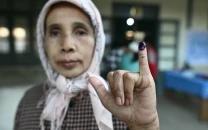
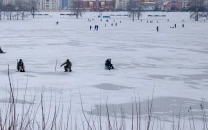
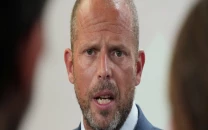
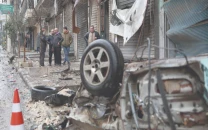
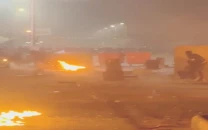













COMMENTS
Comments are moderated and generally will be posted if they are on-topic and not abusive.
For more information, please see our Comments FAQ